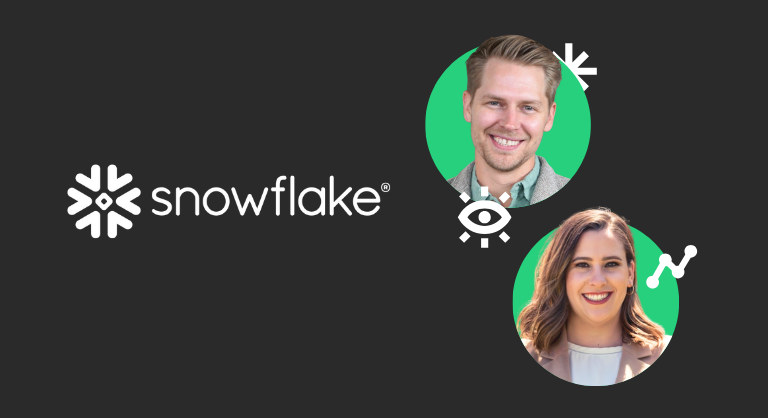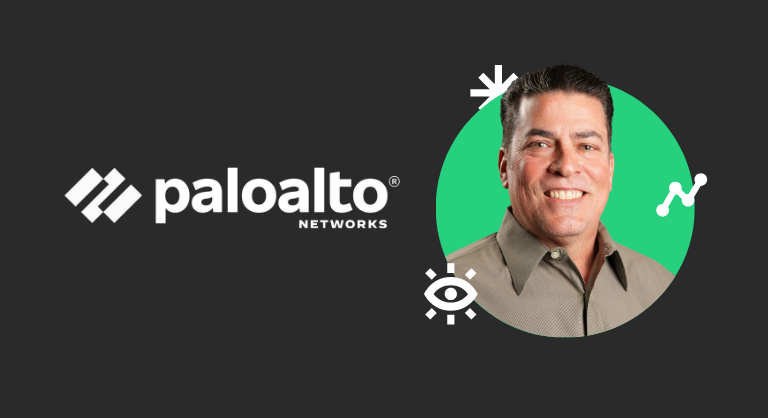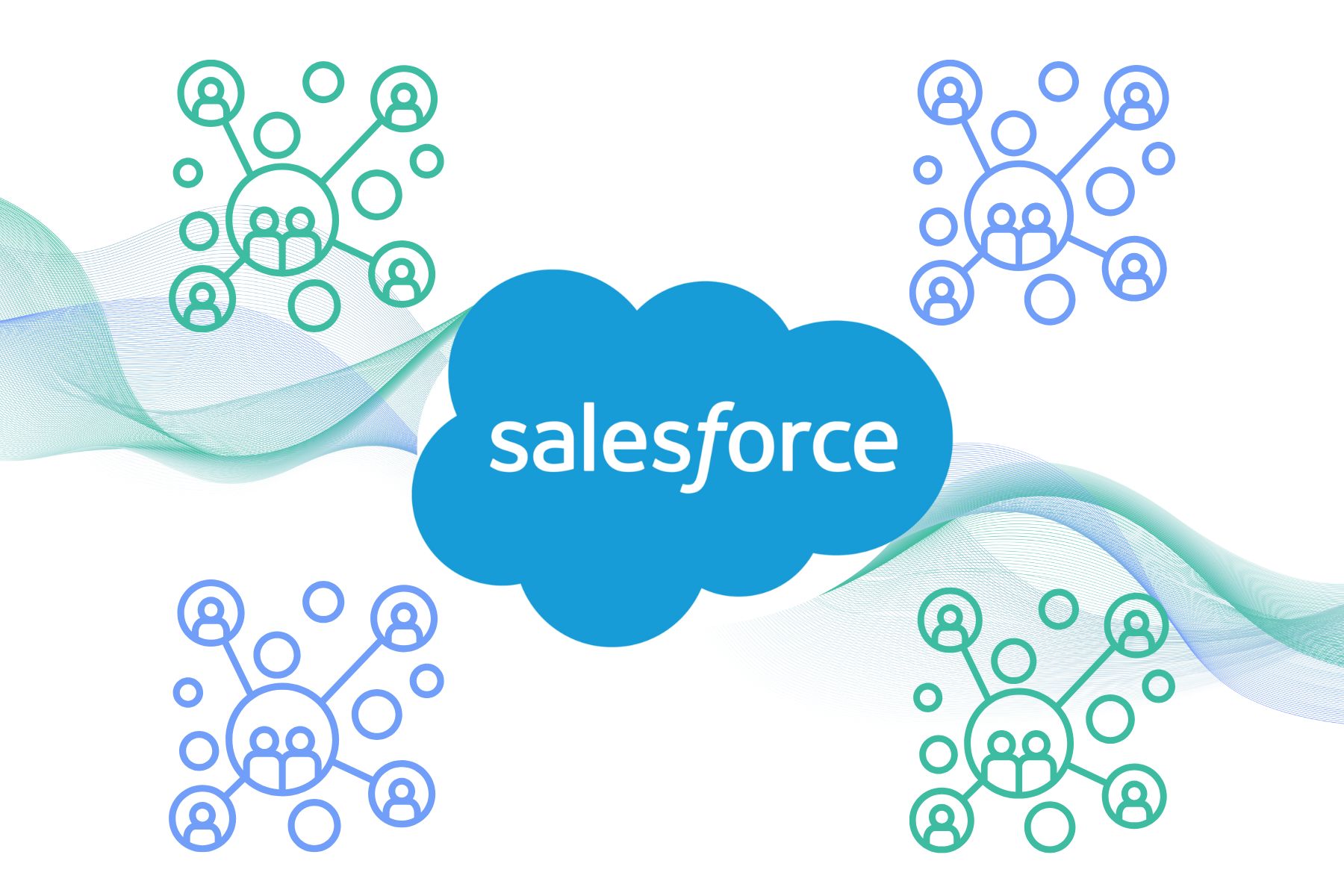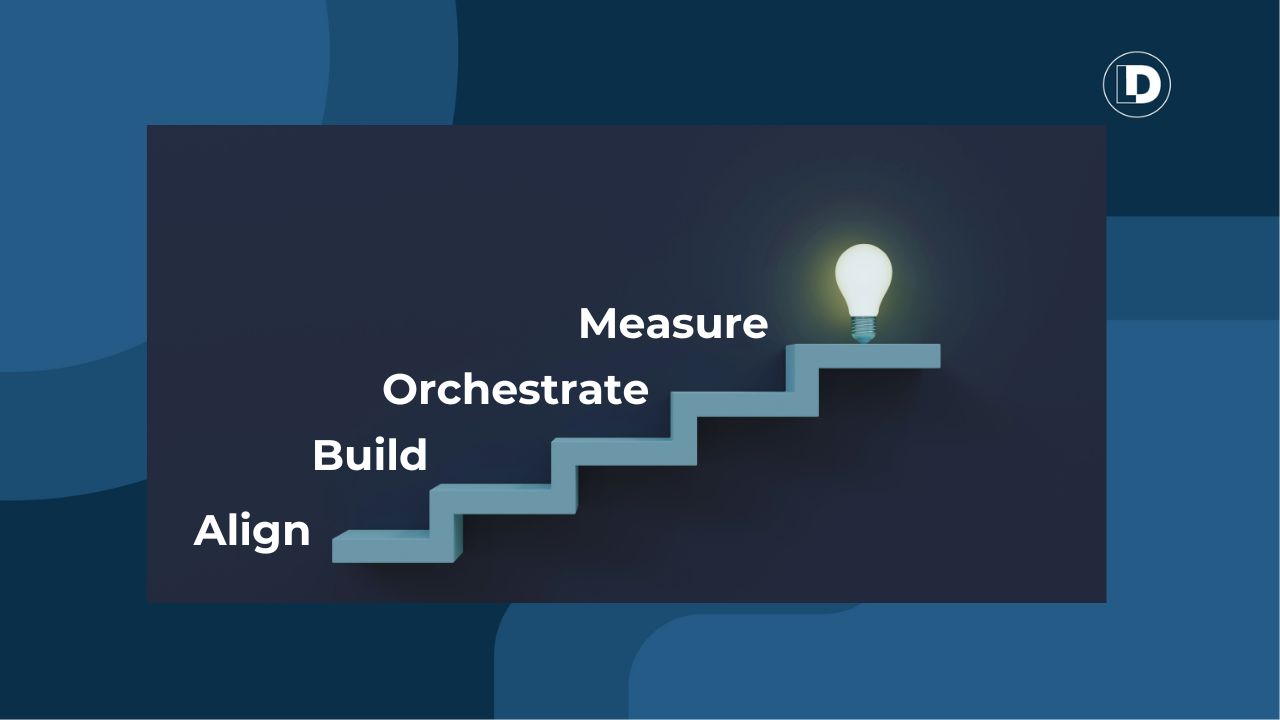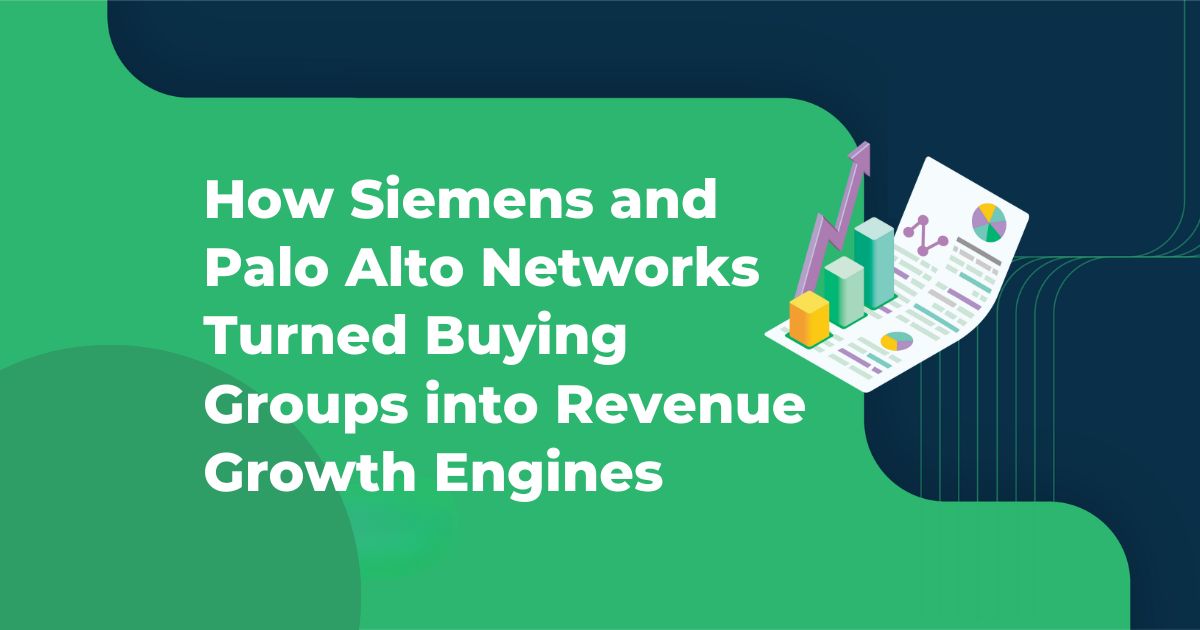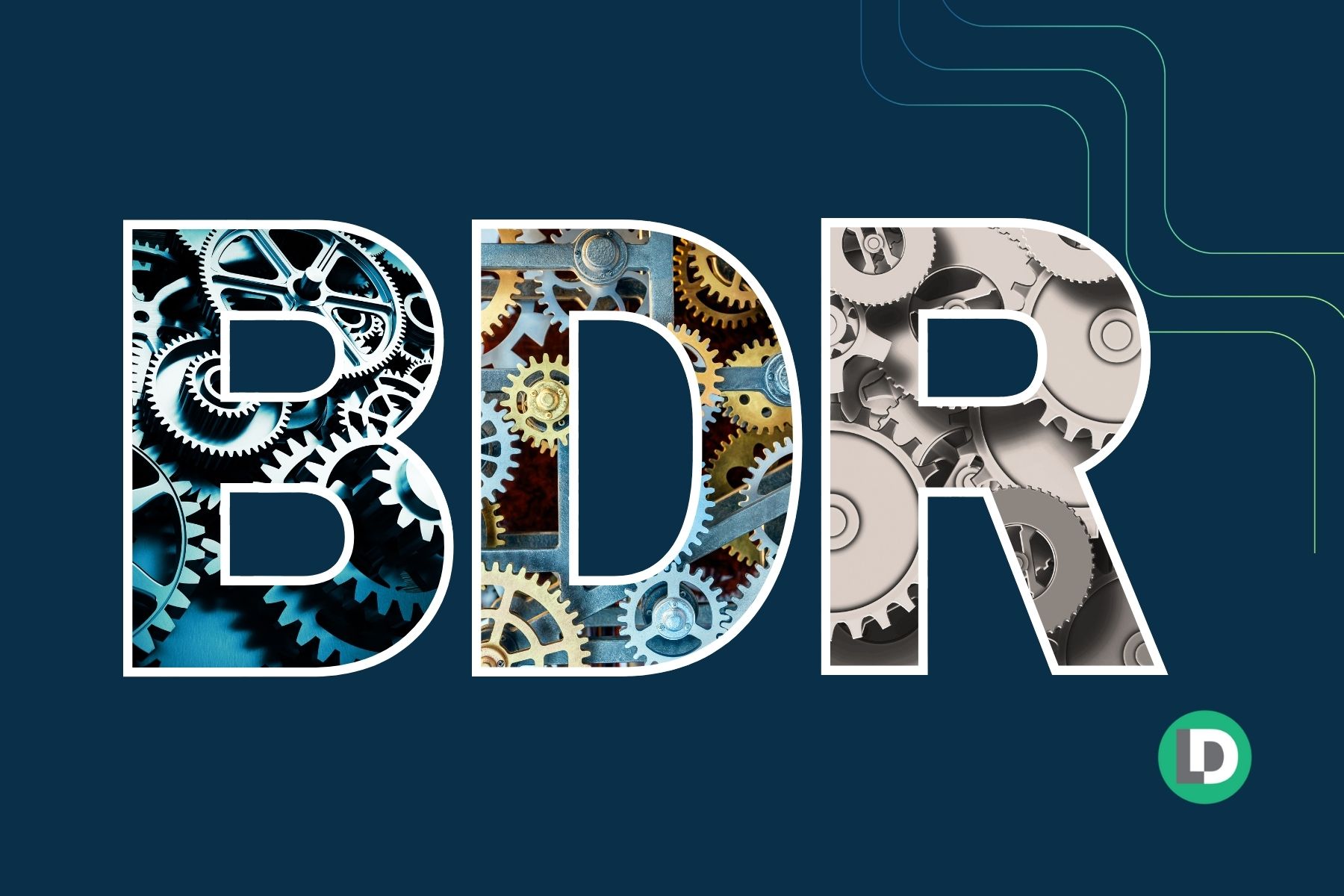How to Operationalize B2B Buying Groups in Salesforce
Most B2B teams can identify the idea of a buying group.
But very few can track one effectively in Salesforce. And even fewer can do it in a way that connects marketing activity with sales execution.
As buying decisions become more complex and involve more stakeholders, revenue teams are running into the same challenge: how to coordinate activity across marketing and sales for the full buying committee.
Point solutions often address the marketing side, but fall short when it comes to passing that intelligence to sales. And in-house solutions often break down when different teams need to collaborate on a shared object like the Opportunity.
That’s where LeanData’s Buying Groups Edition steps in. It’s a CRM-native approach to defining, tracking, and managing buying groups from first signal through sales close.
This article explains how it works and how it helps enterprise teams solve the operational challenges of buying groups in Salesforce.
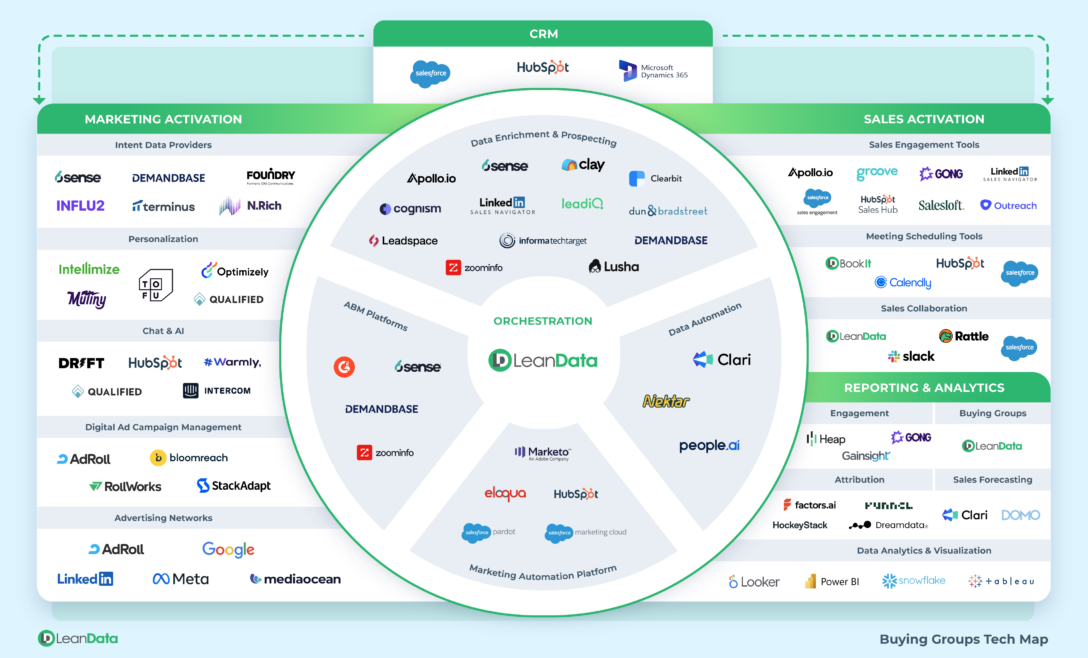
Why Buying Group Execution Breaks Down
Before diving into features, let’s look at what makes buying group execution hard.
In most revenue tech stacks today:
- Marketing tools track engagement, but don’t share buyer-level insights with sales.
- Sales uses the Opportunity object, but it’s not built to handle early-stage buyer tracking.
- There’s no system of record for buying group roles or their engagement.
The result? Misalignment, missed stakeholders, and manual processes that slow things down.
In contrast, LeanData’s approach solves this by enabling a parallel journey to the Opportunity. And yes, we call it the Buying Group Journey. This separate object lives in Salesforce and tracks every relevant member and engagement signal across marketing and sales.
As a result, the data stays in your CRM, remains actionable, and creates a shared source of truth across teams.
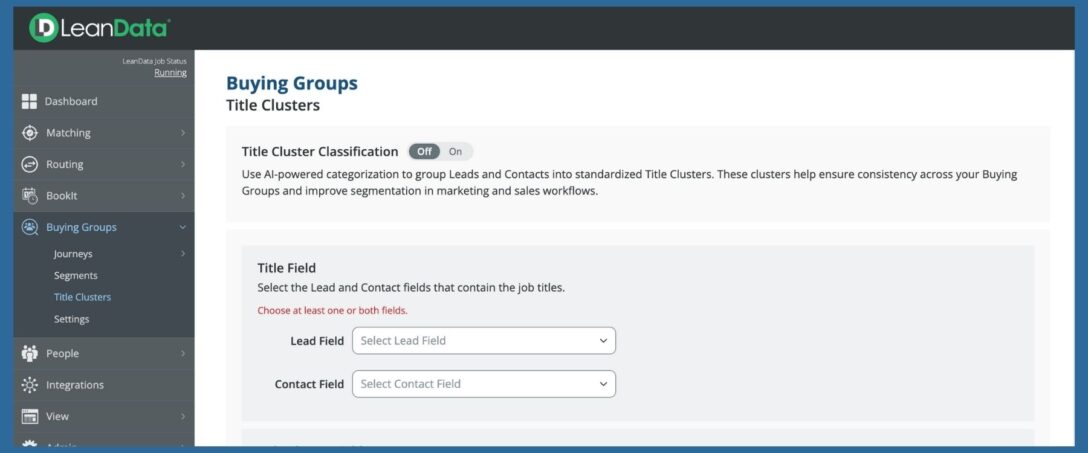
Core Feature: Title Clustering
The first step in tracking a buying group is knowing who’s in it. That starts with categorizing leads and contacts into personas based on their titles.
LeanData’s Title Clustering uses AI to continuously scan lead and contact titles and match them to persona categories you define. For example, “VP Demand Generation” might get clustered under “Marketing Leadership.”
This replaces manual rule-building with scalable automation. Also, it also ensures that irrelevant titles, like a facilities manager who downloaded a white paper, don’t clutter up the buying group.
Plus, if your organization isn’t ready to use AI here, the feature is optional and configurable.
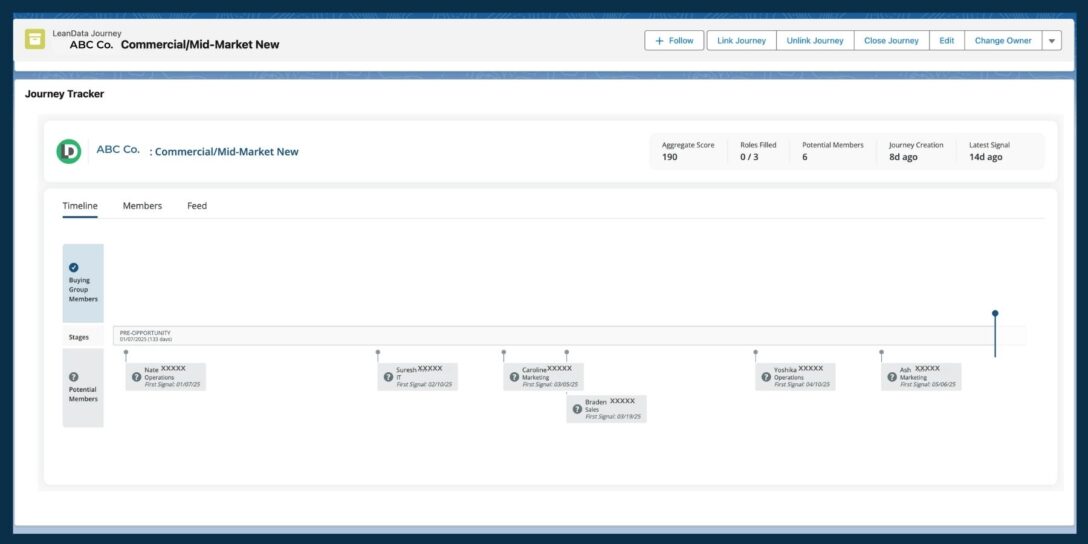
Automation: Creating and Tracking the Buying Group Journey
Once relevant personas are defined, LeanData starts building Buying Group Journeys. Here’s how it works:
- When a qualifying signal (like a campaign response or sales interaction) occurs, LeanData creates a new Journey record in Salesforce.
- This object acts as a container for all future interactions from the buying group across marketing and sales.
- Relevant members and signals are continuously appended to the Journey based on pre-configured criteria.
In addition, you define what counts as a signal. For example, you can track:
- Specific campaign types and statuses (e.g., “Attended Webinar” but not “Sent Email”)
- Task and event types
- Contact or lead criteria such as score thresholds or title clusters
To recap, each Buying Group Journey becomes a timeline of engagement. Also, it also reflects how complete the group is, based on the personas and roles you’ve configured.
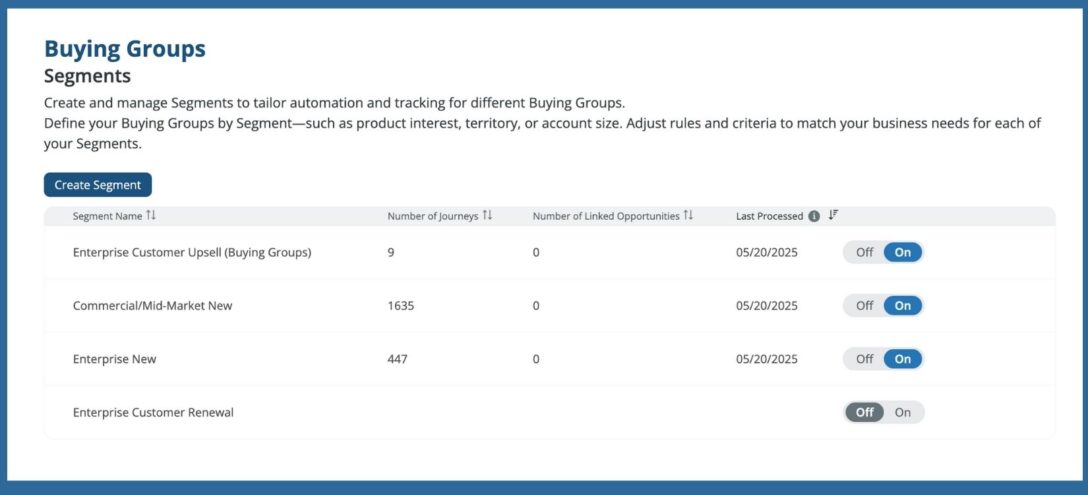
Segmentation and Customization
One size rarely fits all. Consequently, LeanData allows teams to define segments based on account attributes like product line or size. This allows for different buying group logic by business line or region.
Within each segment, teams can define:
- Which accounts qualify for a journey
- What engagement signals should be tracked
- What member criteria are required
- When a Journey is considered qualified
You can even set rules to auto-close inactive journeys after a certain number of days without engagement.

Journey Routing and Notifications
Once a Journey reaches your qualification threshold, routing kicks in.
LeanData’s FlowBuilder allows you to route qualified Journeys to SDRs or AEs based on territory or ownership logic. And with NotifyPlus (included with Buying Groups Edition), teams can:
- Trigger Slack notifications when a new buyer is identified
- Let reps confirm or reject a member directly in Slack
- Send alerts when key personas are missing or inactive
This helps reps prioritize Journeys that are most likely to convert and take action on them without switching tools.
Journey Record Page: One View for Sales and Marketing
When a rep is assigned a Journey, they get access to a central record page in Salesforce that includes:
- A timeline of member engagement
- A list of all potential and confirmed members, grouped by persona
- The ability to assign roles (like decision maker or economic buyer)
- Visibility into gaps such as missing roles in key deals
- The option to link the Journey to an Opportunity and carry over all confirmed members as Contact Roles
This creates a clean handoff from marketing to sales and provides sellers with all the context they need to close the deal.
Importantly, LeanData maintains a sync between the Journey and Opportunity objects so that updates to contact roles are reflected on both sides.
Reporting and Insights
Buying Groups Edition is built for reporting, both in Salesforce and in external business intelligence tools like Tableau.
LeanData introduces a structured set of Salesforce objects:
- Journeys
- Personas (groupings of similar titles)
- Journey Members
- Signals
With this structure, teams can build reports that answer questions like:
- Which Journeys are missing key personas or roles?
- Which campaigns are most effective at bringing in decision makers?
- What is our win rate when economic buyers are present vs. when they’re not?
- How fast are we progressing from first signal to qualified opportunity?
These insights help marketing teams improve targeting, sales teams prioritize effectively, and RevOps leaders optimize the buying group motion.

Buying Groups That Work in the CRM
B2B organizations don’t need more dashboards. They need buying group visibility that lives where their teams work. LeanData’s Buying Groups Edition brings that capability into Salesforce, making buying groups actionable, measurable, and aligned across marketing and sales.
With AI-driven persona detection, continuous automation, customizable segmentation, and native CRM reporting, it solves one of the most critical gaps in modern B2B go-to-market execution.
It’s not just theory.
It’s a practical way to operationalize buying groups at scale.
